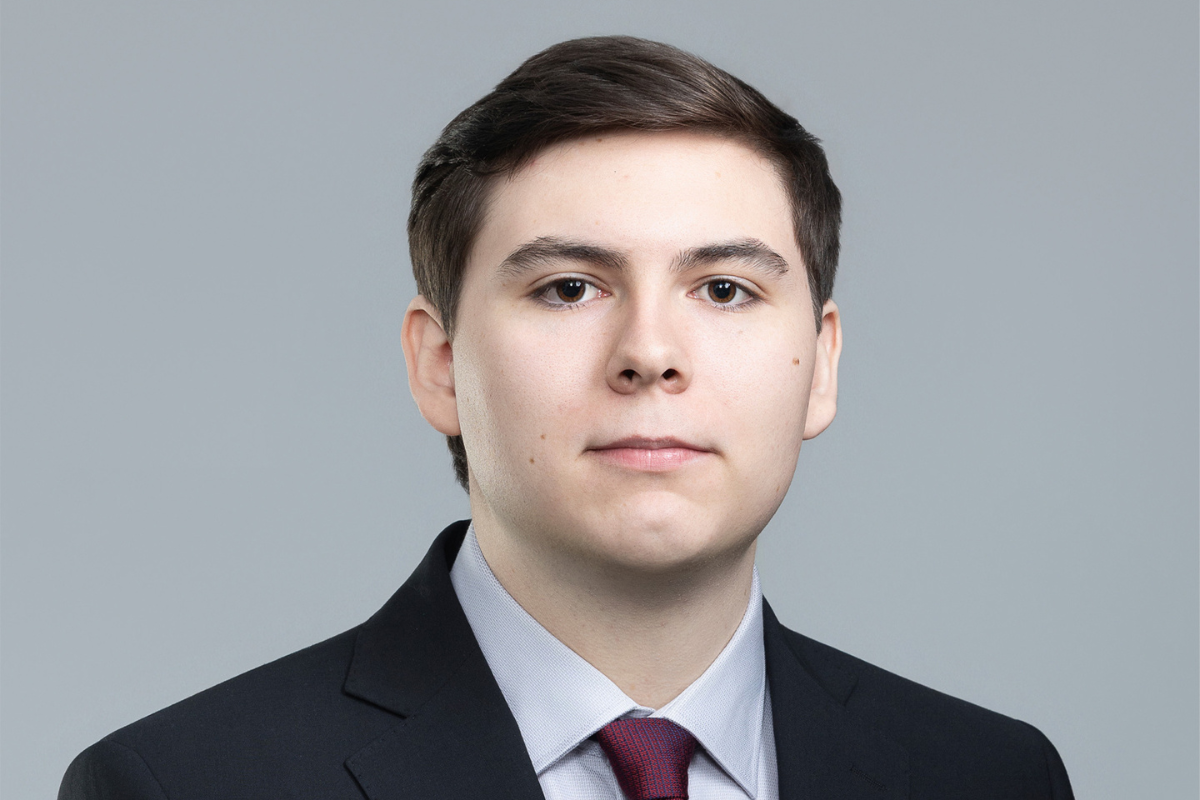Trump’s Global Energy Export Wins Clash with U.S. Shipbuilding Realities
Trump’s Global Energy Export Wins Clash with U.S. Shipbuilding Realities
By
Rachel Steinberg
Last updated:
August 7, 2025
First Published:
November 30, 2025

Photo: X
U.S. Energy Export Promises vs. Domestic Shipbuilding Challenges
The Trump administration has proudly highlighted significant commitments from global partners—including the European Union, Indonesia, and South Korea—to purchase large volumes of U.S. liquefied natural gas (LNG) under recent trade deal frameworks. However, these promising export deals risk being undermined by new mandates from the U.S. Trade Representative (USTR), which require a growing percentage of LNG shipments to be transported on vessels built and flagged in the United States. This shipbuilding mandate presents a daunting challenge, as America’s capacity to produce large ocean-going LNG carriers has all but vanished.
USTR’s Domestic Shipbuilding Mandate: Key Details and Timeline
Under the USTR’s recently introduced policy, starting in April 2028, 1% of U.S. LNG exports must be transported on U.S.-flagged ships, increasing to 1% on U.S.-built ships by 2029. This requirement will incrementally rise by 1% annually, reaching 15% by 2047. The policy aims to rebuild America’s shipbuilding industry as part of national security efforts to reduce reliance on China, which currently controls about 75-80% of global freight fleet construction.
Despite this ambitious goal, industry experts warn the U.S. faces a serious shortage of LNG carriers built domestically, with only one U.S.-flagged LNG tanker currently in operation, the American Energy, which was built in France in 1994 and began service in 2025.
The Grim State of U.S. LNG Shipbuilding Capacity
The global LNG tanker fleet comprises 682 vessels, yet only one—the LNG Aquarius, built in 1977 by General Dynamics—was constructed in the U.S., and it currently sails under the Indonesian flag. Today, there is just one LNG tanker on order in the U.S., compared to 331 LNG vessels planned globally over the coming decades.
Jason Feer, Global Head of Business Intelligence at Poten & Partners, highlights the disconnect: “The number of LNG vessels on the order books looks promising globally, but none qualify under USTR’s domestic build requirements. The U.S. hasn’t built commercial ocean-going vessels for decades, and the few existing shipyards focus primarily on Navy and Jones Act vessels.”
Skilled Labor and Cost Constraints
Rebuilding this capacity is further hampered by a shortage of skilled workers, including pipefitters, welders, and carpenters. Shipbuilding costs in the U.S. are estimated at $260 million per LNG vessel, with domestic production potentially costing two to four times more than foreign-built alternatives.
The time frame is another critical factor: building an LNG carrier typically requires about two and a half years—a tight timeline given the escalating USTR mandates and the urgent need to fulfill export commitments.
Legislative Efforts to Bridge the Gap
Congressional leaders including Senators Mark Kelly (D-AZ), Todd Young (R-IN), and Representatives John Garamendi (D-CA) and Trent Kelly (R-MS) have introduced the Shipbuilding and Harbor Infrastructure for Prosperity and Security (SHIPS) for America Act. This legislation aims to boost domestic shipbuilding through investment in infrastructure and workforce development.
Despite these efforts, the immediate outlook remains challenging. Louis Sola, former Federal Maritime Commission Commissioner, warns, “We’ll need about 50 LNG carriers by 2050, but Korean and Japanese shipyards—which dominate this market—already have multi-year backlogs. The U.S. currently has zero capacity for this class of shipbuilding.”
Global Shipbuilding Market and Alternatives
South Korea dominates the LNG shipbuilding market with 78% of the global fleet built there, followed by Japan (13%) and China (7%). South Korean shipyards also hold 64% of LNG vessel orders globally, with Chinese yards gaining ground at 32% of order book capacity.
Foreign-built ships can sometimes be reflagged as U.S.-flagged under specific programs like the Maritime Security Program or Ready Reserve Fleet. The SHIPS Act permits this reflagging for up to seven years with extensions, offering some flexibility while domestic shipbuilding capacity catches up.
Potential Waivers and Economic Impact
Experts like Andrew Lipow of Lipow Oil Associates foresee the necessity of waivers for foreign-built vessels under the USTR mandate to prevent LNG export bottlenecks that could impact both gas and associated crude oil production. Waivers may increase component costs by 25%, but are preferable to delays that could force production shutdowns.
Without sufficient LNG transport capacity, the U.S. risks choking its own export growth and undermining energy security commitments to allies eager for American LNG.
Conclusion: Balancing Ambition with Reality
While the Trump administration’s global LNG export victories signal strong demand for American energy, the domestic shipbuilding industry’s current state threatens to stall these gains. Without significant investment, workforce expansion, and policy flexibility—including possible waiver provisions—the goal of shifting 15% of LNG exports onto U.S.-built vessels by 2047 remains a steep uphill battle.
The coming years will be pivotal as policymakers, industry leaders, and labor forces navigate this complex intersection of trade, national security, and industrial capability to ensure that America’s LNG export ambitions become a sustainable reality.
Popular articles
Subscribe to unlock premium content
Gourmet Gold: Micro-Venture Funds and Europe’s Artisan Food Revolution

Artificial Elegance in Fashion

Ferrari’s Craft of Desire

Gourmet Gold: Micro-Venture Funds and Europe’s Artisan Food Revolution

Artificial Elegance in Fashion

Gourmet Gold: Micro-Venture Funds and Europe’s Artisan Food Revolution









